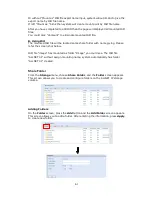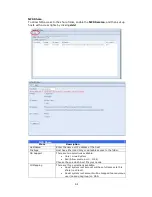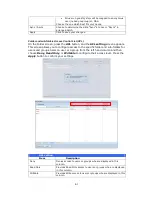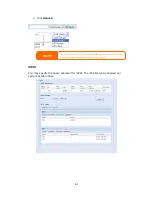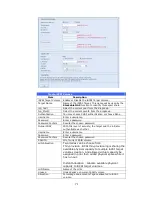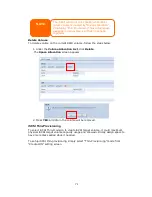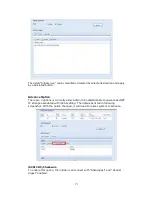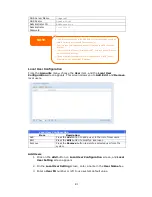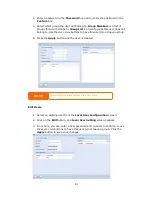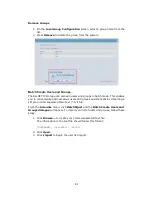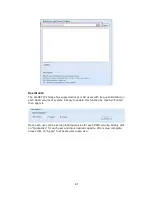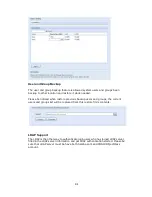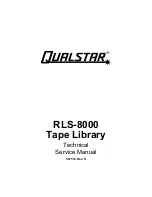
72
LUN ID
Specific Logic unit ID number.
iSCSI Block size
The iSCSI block size can be set under system advance
option, default is 512 Bytes.
[ 4K ] block size while more than 2TB capacity will be
configured in Windows XP.
[ 512 Bytes ] block size for application like VMware etc.
2.
Enable the iSCSI Target Volume by selecting Enable.
3.
Enter a Target Name. This will be used by the Stackable NAS function to
identify this export share.
4.
Choose the current year from the Year dropdown.
5.
Choose the current month from the Month dropdown.
6.
Choose to enable CHAP authentication or choose None.
7.
If you’ve enabled CHAP authentication, enter a username and a password.
Confirm your chosen password be reentering it in the Password Confirm
box.
8.
Choose Thin-Provision or Instant Allocation
9.
Enter a LUN Name.
10.
Designate the percentage to be allocated from the Allocation drag bar.
11.
When iSCSI target volume has been created, the LUN ID is configurable
from 0 to 254 with a default of the next available number in ascending
numerical order. The LUN ID is unique and can not be duplicated.
12.
Choose
[ 4K ] block size
to have iSCSI target volume over 2TB barrier
or
[ 512
Bytes ] block size in some application needed.
13.
Click OK to create the iSCSI volume.
Modify iSCSI Volume
To modify iSCSI target on the current RAID volume, follow the steps below:
1. Under the iSCSI Target List, click Modify.
The Modify iSCSI Volume screen appears.
NOTE
Be sure the iSCSI target volume has been enabled
or it will not list out while using Initiator to get
associated iSCSI target volumes.
NOTE
The iSCSI target volume creation will associate at
least one LUN together. It can be assigned either
“Thin-Provisioning” or “Instant Allocation”.






